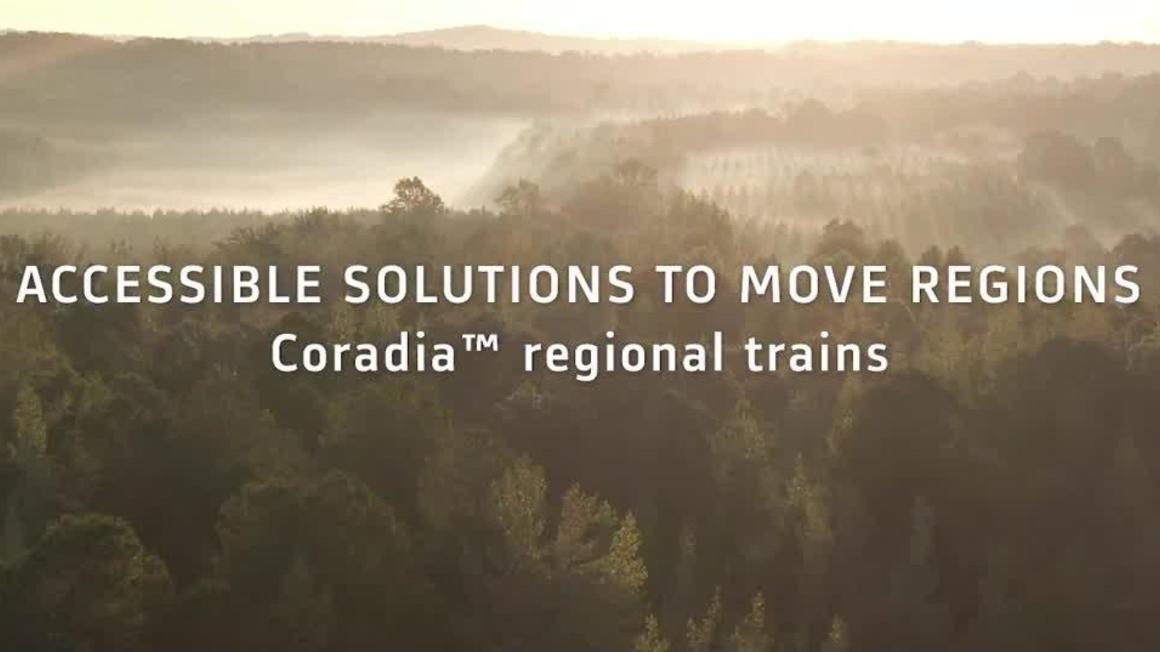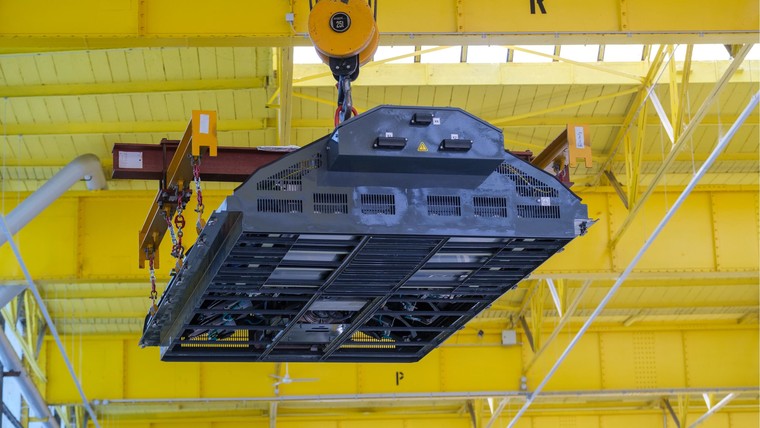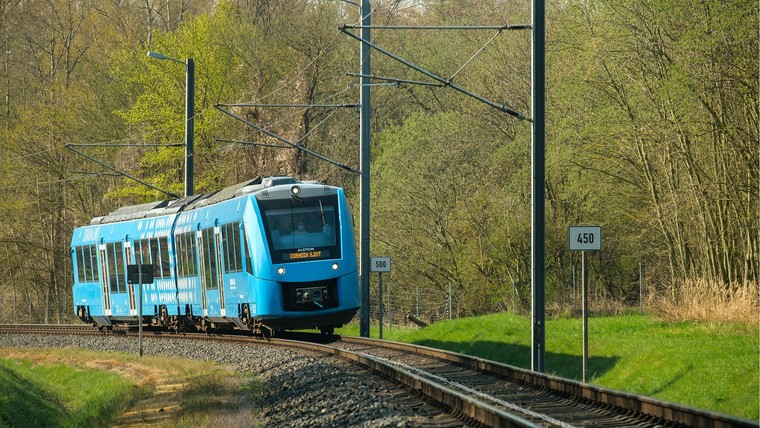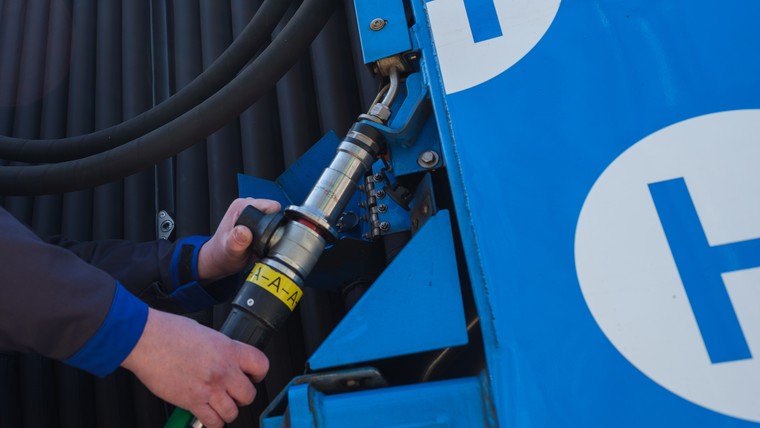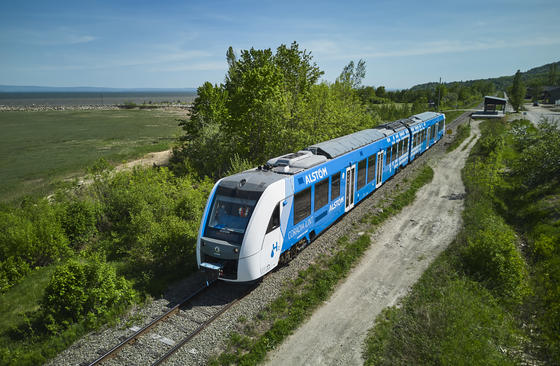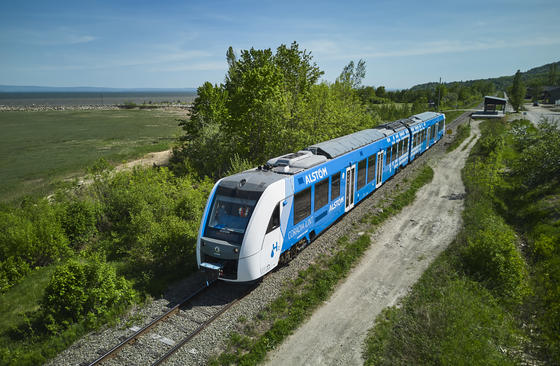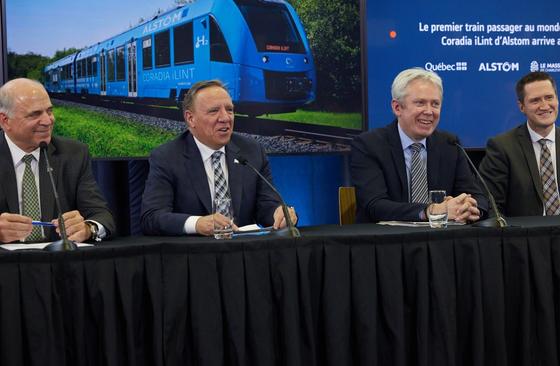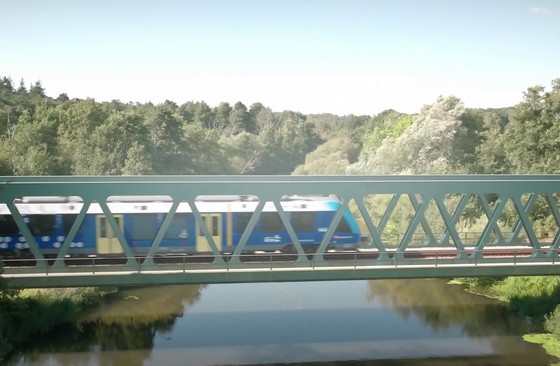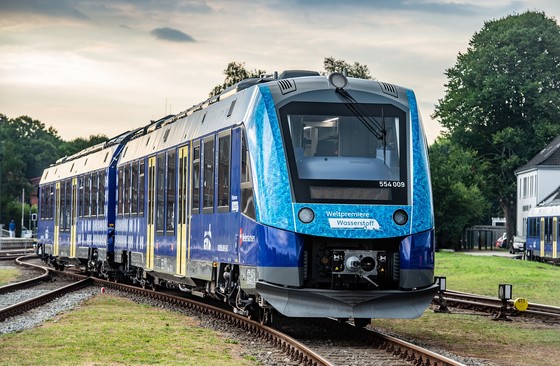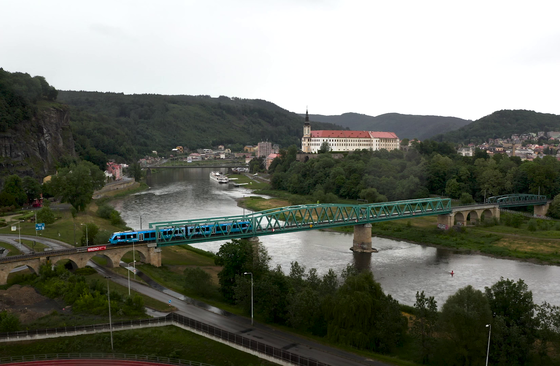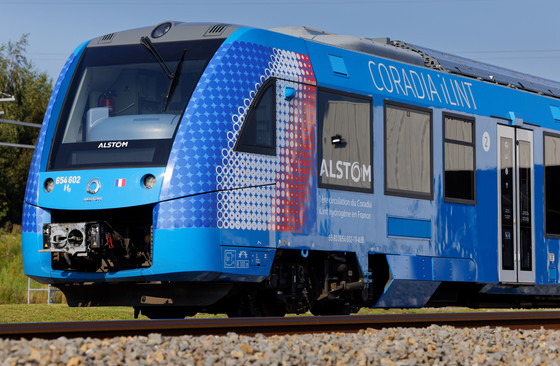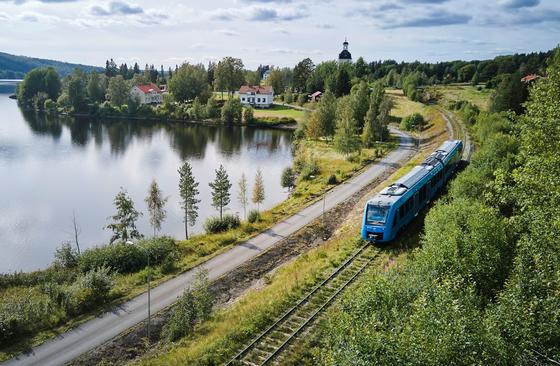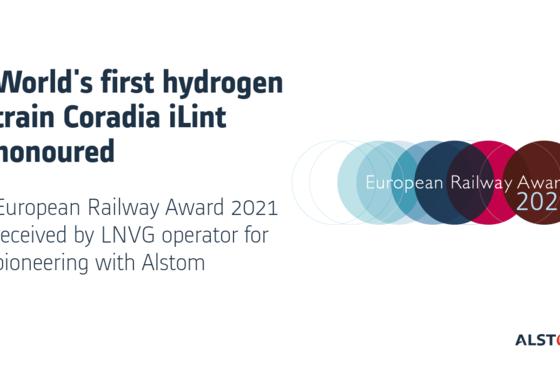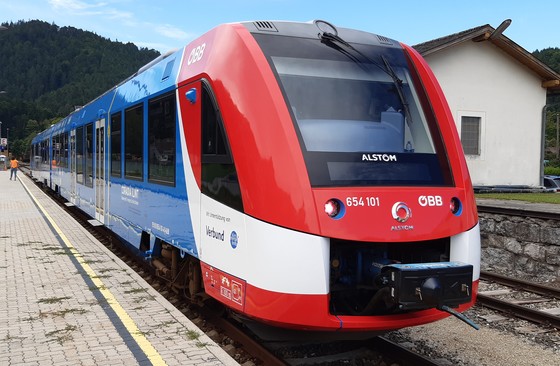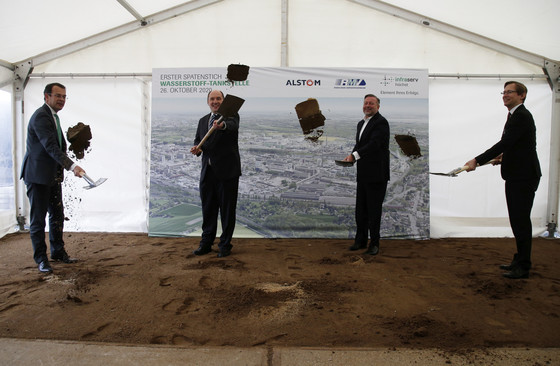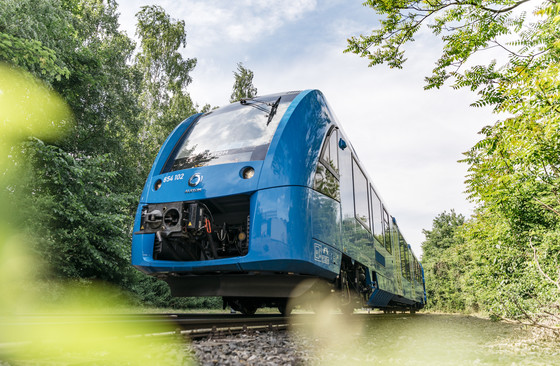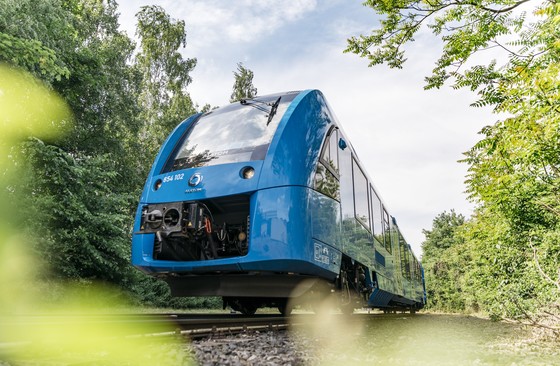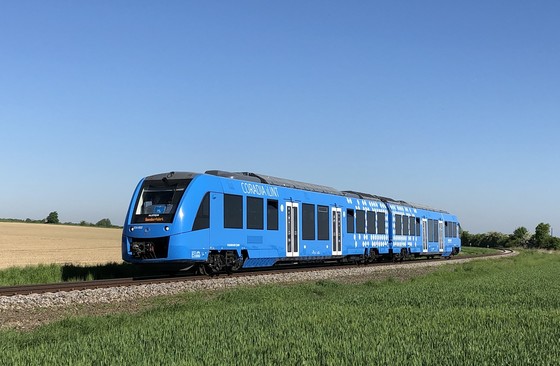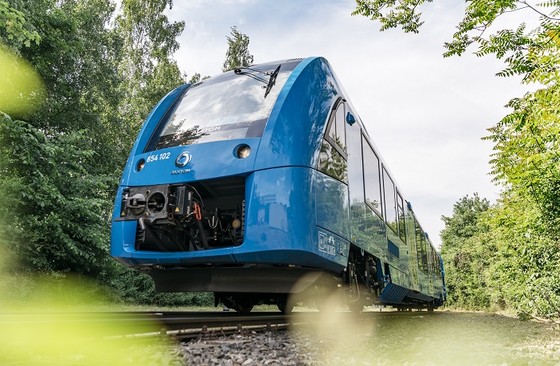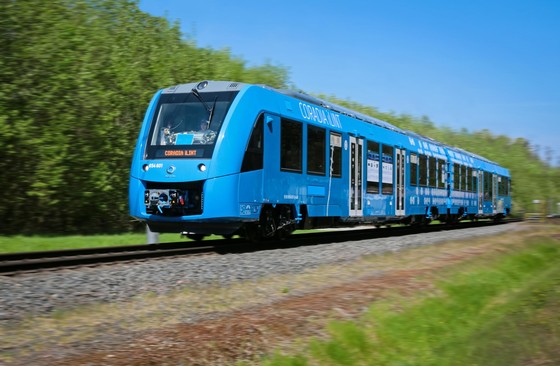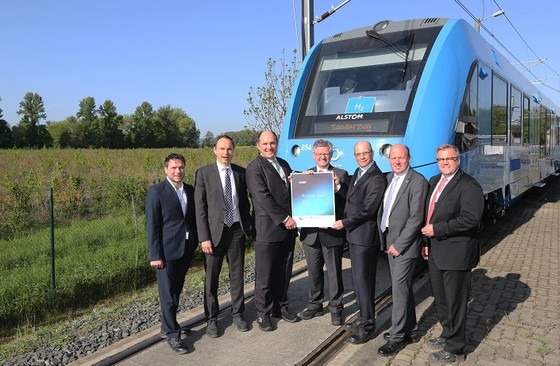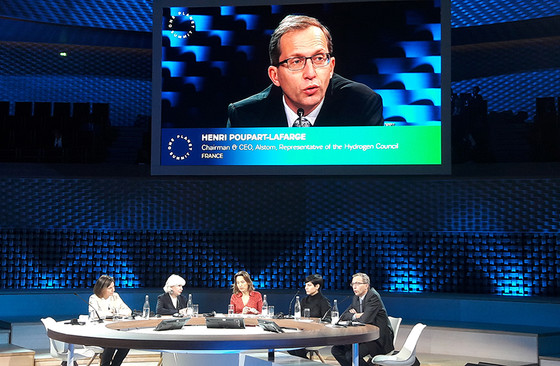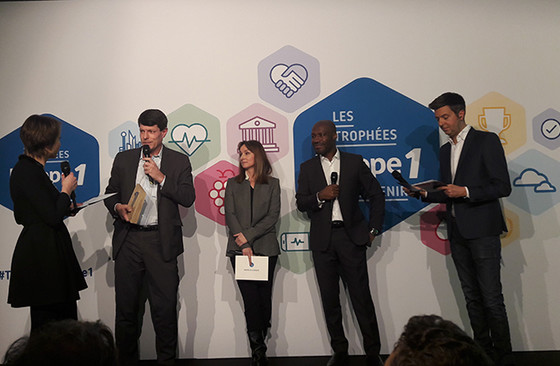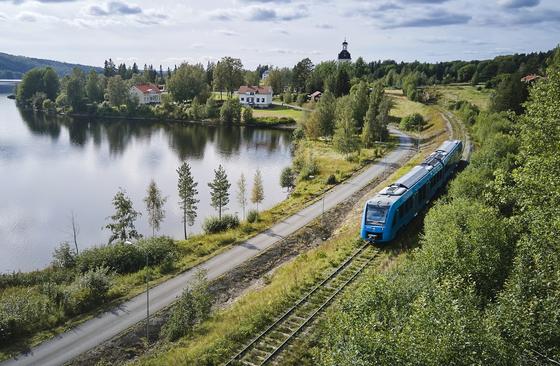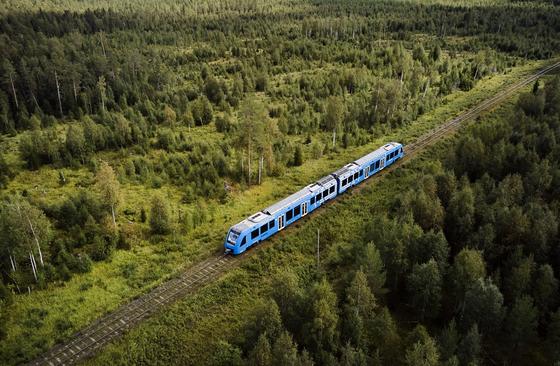Rolling stock
Alstom Coradia iLint – the world's 1st hydrogen powered passenger train
Towards clean and future-oriented mobility
It was at InnoTrans 2016 in Berlin that Alstom presented the Coradia iLint™ for the first time. The launch of the regional train with zero direct carbon emissions that represents a true alternative to diesel power positioned us as the first railway manufacturer in the world to develop a passenger train based on hydrogen technology. And just two years later, in 2018, the Coradia iLint™ entered into commercial service in Germany.
In line with our aim to facilitate a global transition to a low-carbon transport system, Alstom has pioneered several sustainable mobility solutions. Coradia iLint™ is a perfect illustration for our commitment to designing and delivering innovative and environmentally-friendly solutions.
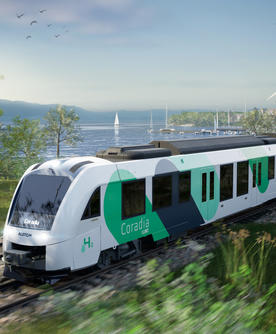
Alstom's green traction solutions: sustainable solutions for non-electrified railways
Read more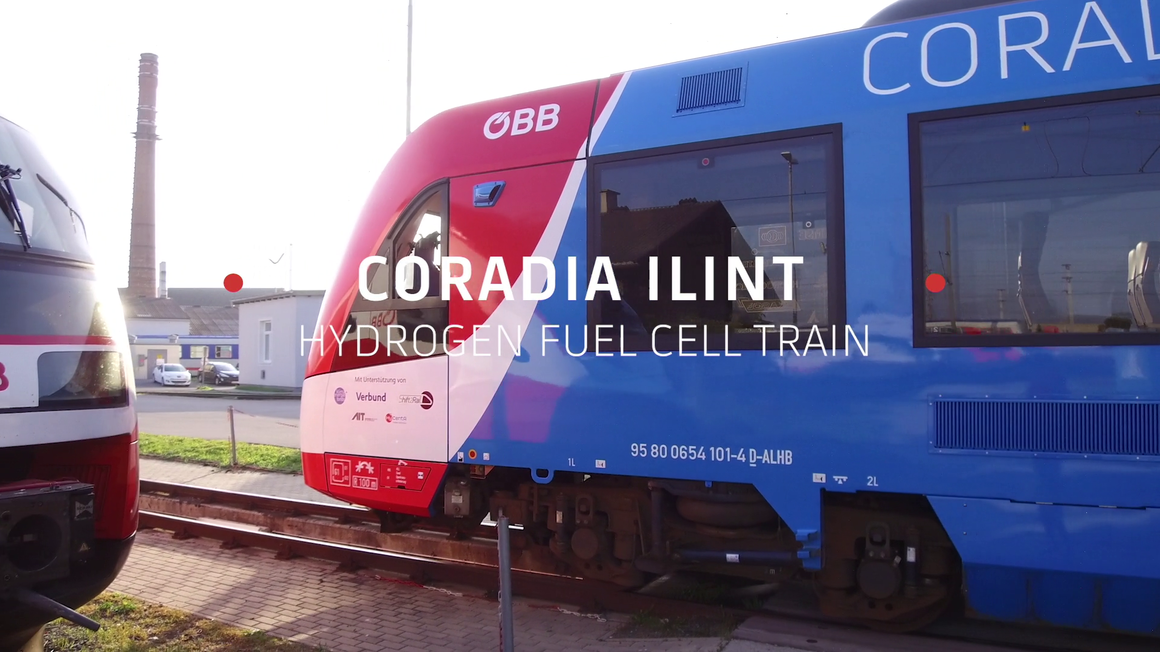
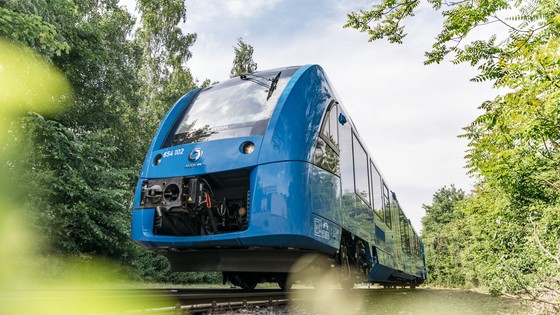
Coradia iLint™ is the world’s first passenger train powered by a hydrogen fuel cell, which produces electrical power for traction. In operation, this train emits no CO2 and exhausts only water. Coradia iLint™ is special for its combination of different innovative elements: clean energy conversion, flexible energy storage in batteries, and smart management of traction power and available energy. Specifically designed to non- or partially electrified lines up to 1,000 km, it enables clean, sustainable train operation while ensuring the highest levels of performance.
Coradia iLint™ was designed by Alstom teams in Salzgitter (Germany), our Centre of Excellence for regional trains, and in Tarbes (France), centre of excellence for traction systems. The project first benefitted from the support of the German Ministry of Economy and Mobility and the development of the Coradia iLint™ was funded by the German government as part of the National Innovation Program for Hydrogen and Fuel Cell Technology (NIP).
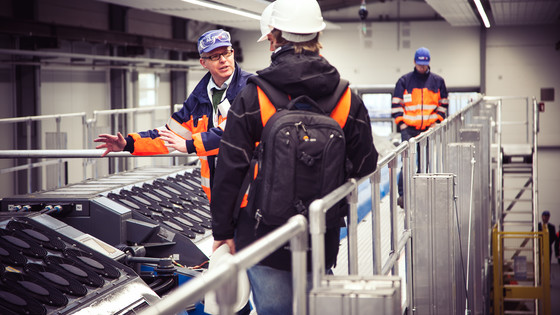
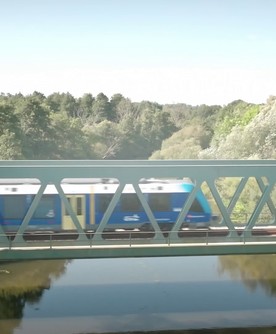
Alstom Coradia iLint distance run
On Thursday, 15 September 2022, the Alstom Coradia iLint, the world's first hydrogen train successfully traveled 1,175 km without refueling its hydrogen tank.
Read more